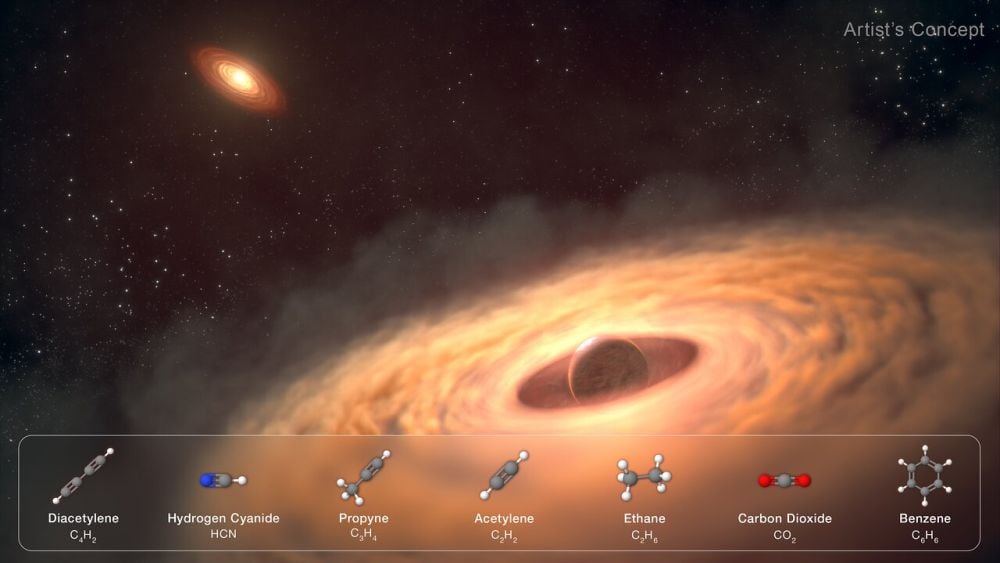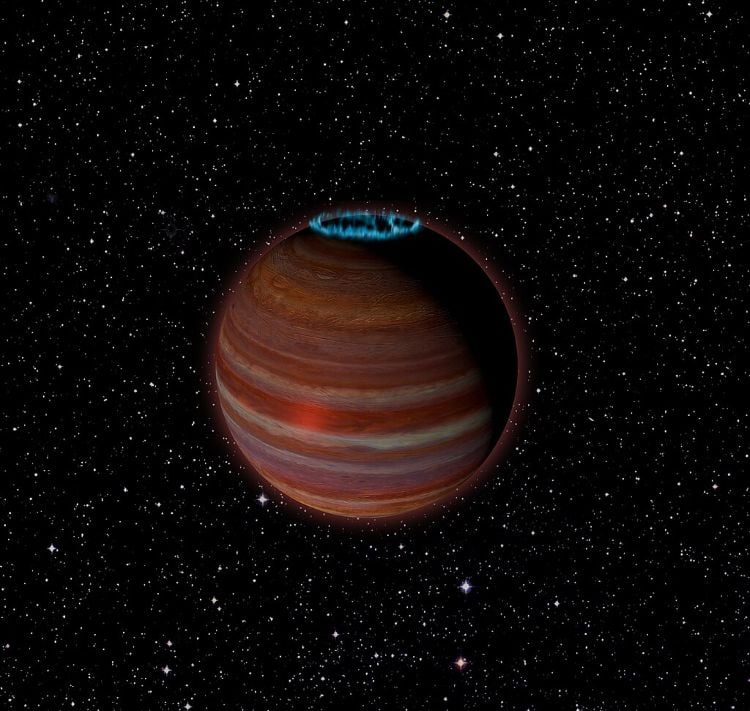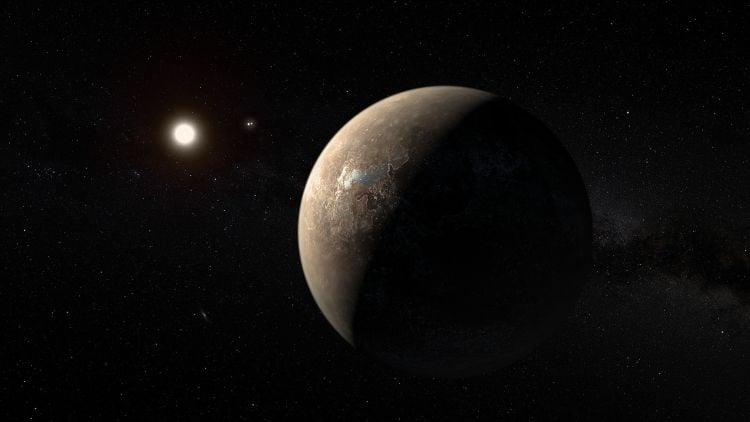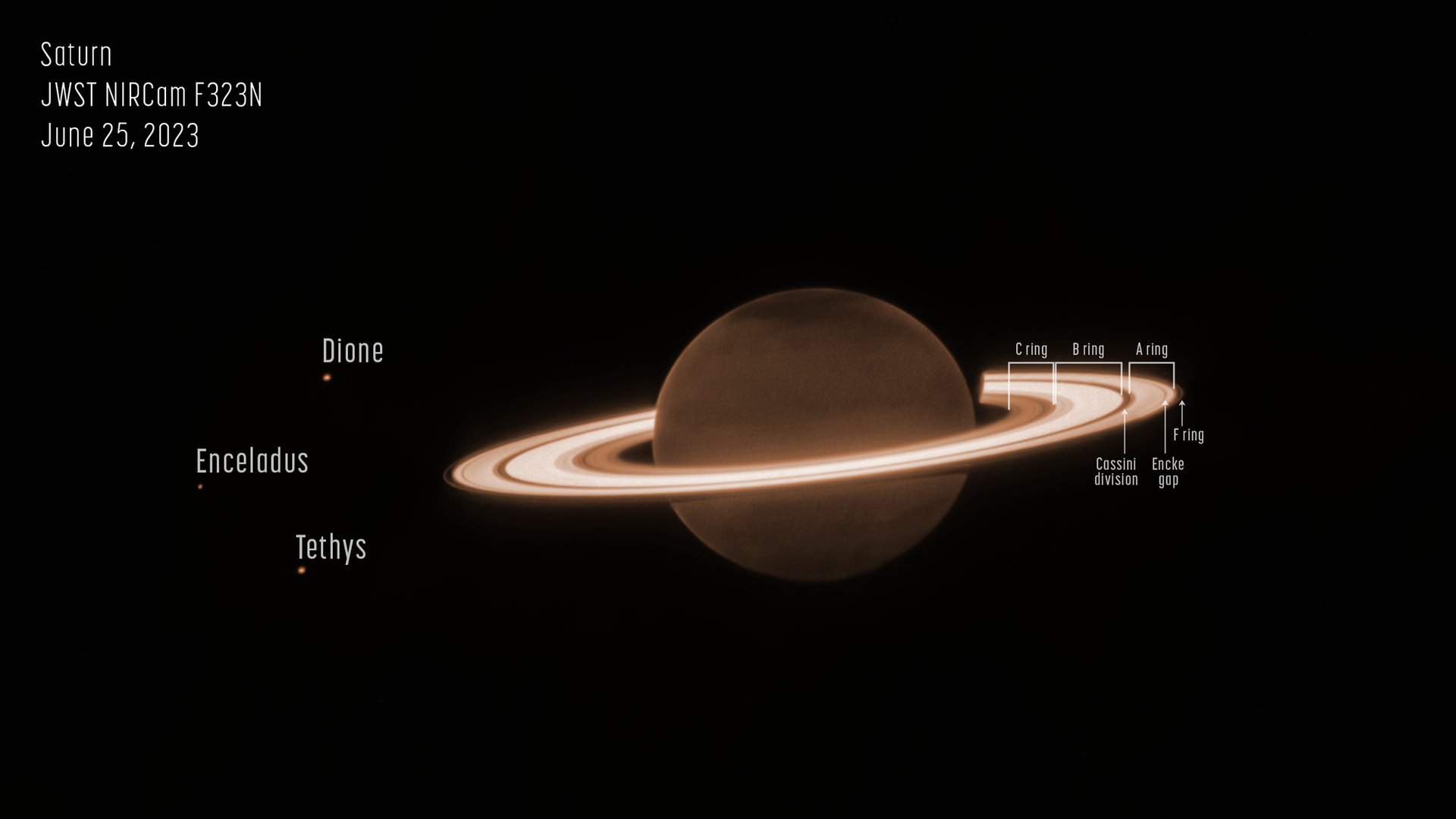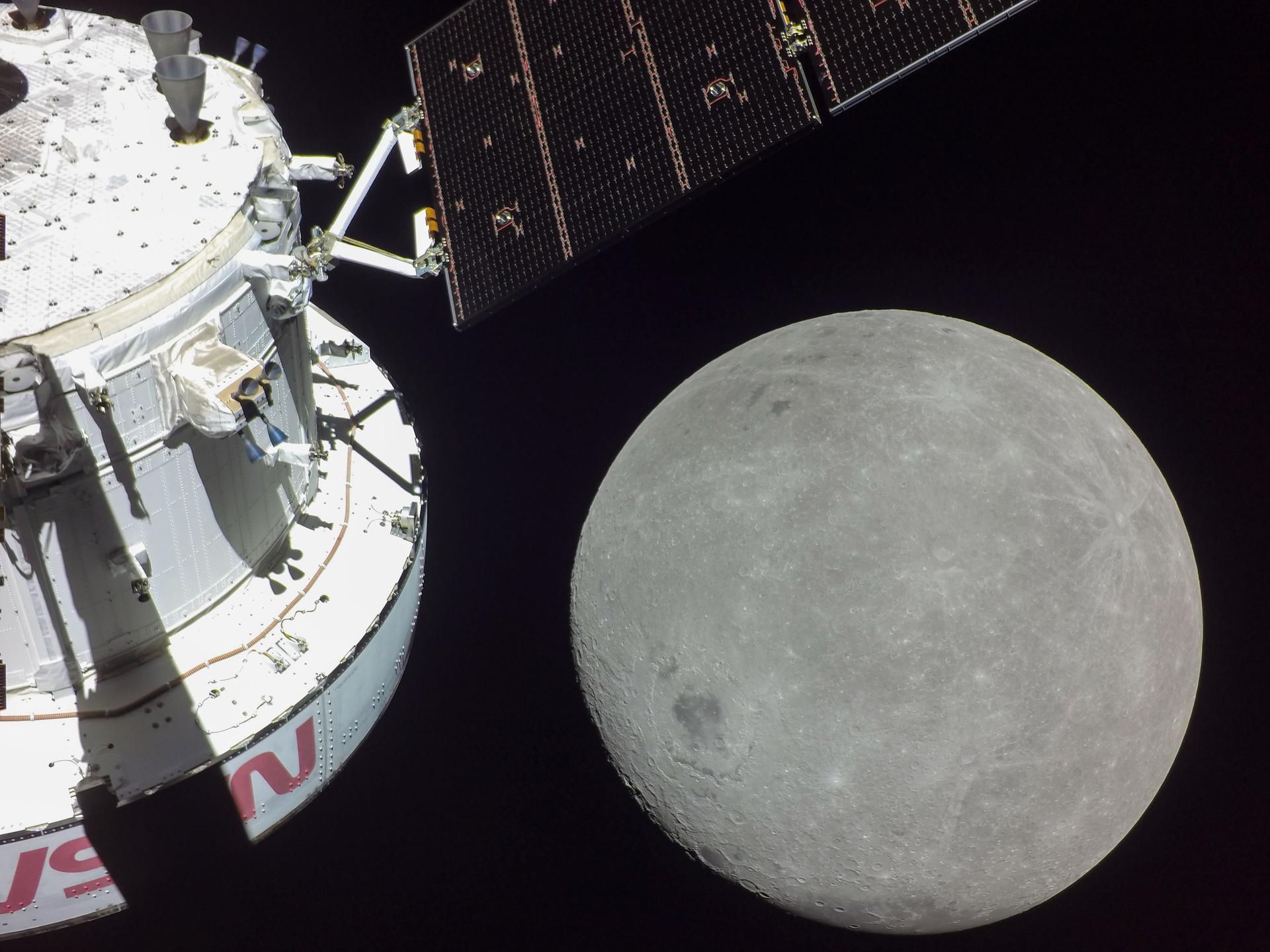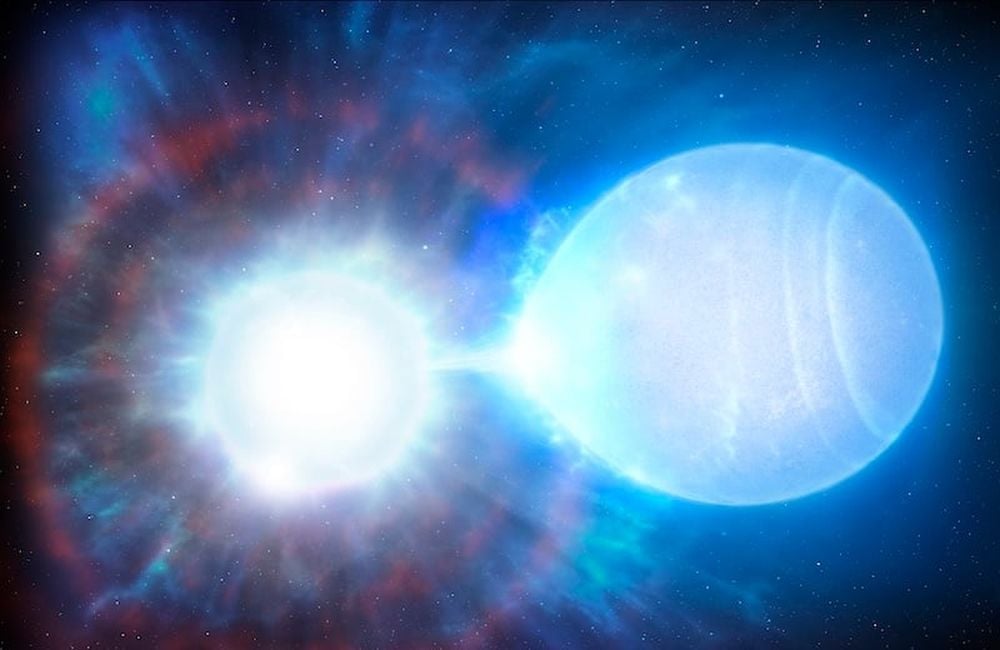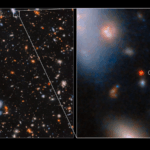The JWST observed the moon-forming disk around a Jupiter-mass planet about 625 light years away. The telescope gave astronomers a detailed view of the circumplanetary disk and found that it’s
Universe Today16- Page
Mars holds a special place in my heart being the second planet I saw through a telescope. It’s probably fair to say that it’s held a special place for many
Tumbleweeds offer iconic visual depictions of desolate landscapes. Though typically associated with the American West, the most common type of tumbleweed actually originated in Europe, and is known scientifically as
Visual observations have, over the years had to battle light pollution, weather, aircraft and even satellite constellations. Radio observations have until recently, been reasonably well protected however in their attempt
What can auroras on a rogue planet teach astronomers about planetary formation and evolution? This is what a recent study published in Astronomy & Astrophysics hopes to address as an
What new methods can be employed to help astronomers distinguish the light from an exoplanet and its host star so the former’s atmosphere can be better explored? This is what
A study of Saturn’s atmospheric structure using data from the James Webb Space Telescope (JWST) has revealed complex and mysterious features unseen before on any planet in our Solar System.
NASA’s James Webb Space Telescope has revealed a colorful array of massive stars and glowing cosmic dust in the Sagittarius B2 molecular cloud, the most massive and active star-forming region
NASA announced that Artemis II, the first crewed mission to the Moon since the Apollo Era, will launch by February 2026. The crew has named their spacecraft “Integrity” to honor
A new article published in The Astrophysical Journal explores a new theory of how Type Ia supernovae, the powerful stellar explosions that astronomers use to measure distances across the universe,
-
 012024 in Review: Highlights from NASA in Silicon Valley
012024 in Review: Highlights from NASA in Silicon Valley -
 02Panasonic Leica Summilux DG 15mm f/1.7 ASPH review
02Panasonic Leica Summilux DG 15mm f/1.7 ASPH review -
 03How New NASA, India Earth Satellite NISAR Will See Earth
03How New NASA, India Earth Satellite NISAR Will See Earth -
 04And Thus Begins A New Year For Life On Earth
04And Thus Begins A New Year For Life On Earth -
 05Astronomy Activation Ambassadors: A New Era
05Astronomy Activation Ambassadors: A New Era -
06SpaceX launch surge helps set new global launch record in 2024
-
 07Space Force plans new ‘Futures Command’ amid pressure to speed up modernization
07Space Force plans new ‘Futures Command’ amid pressure to speed up modernization


